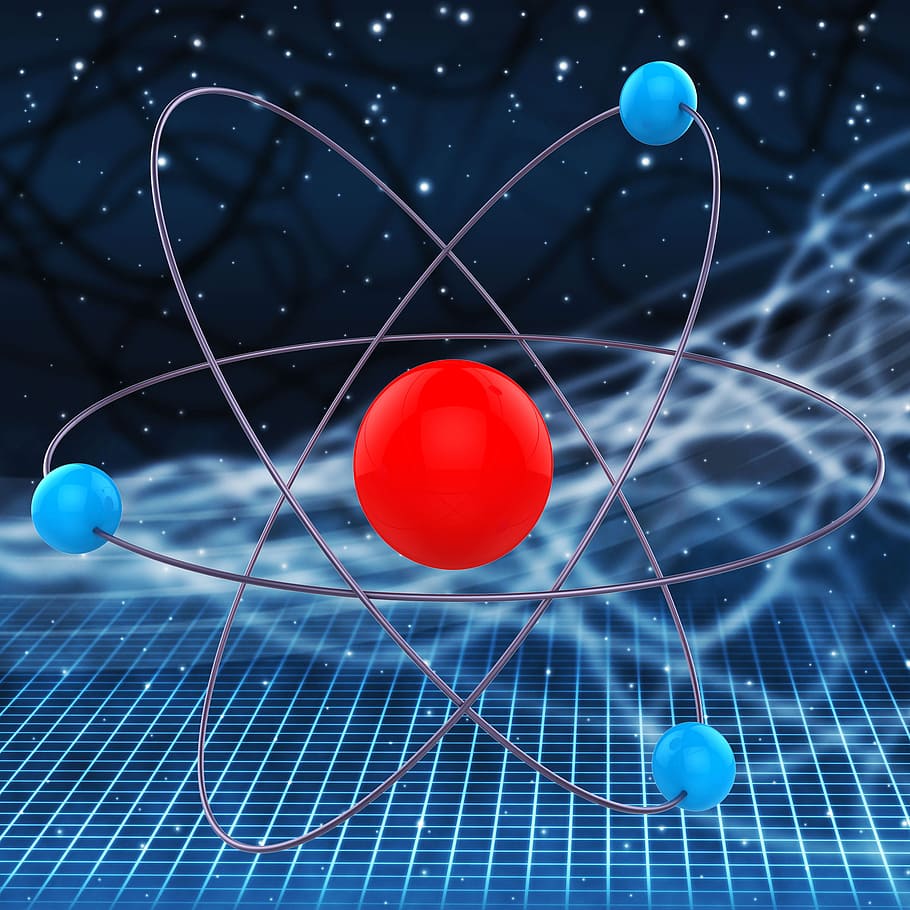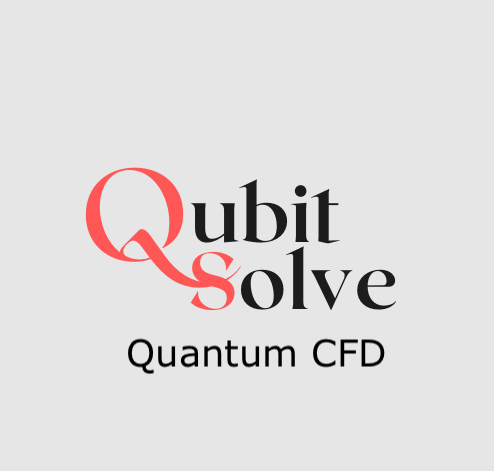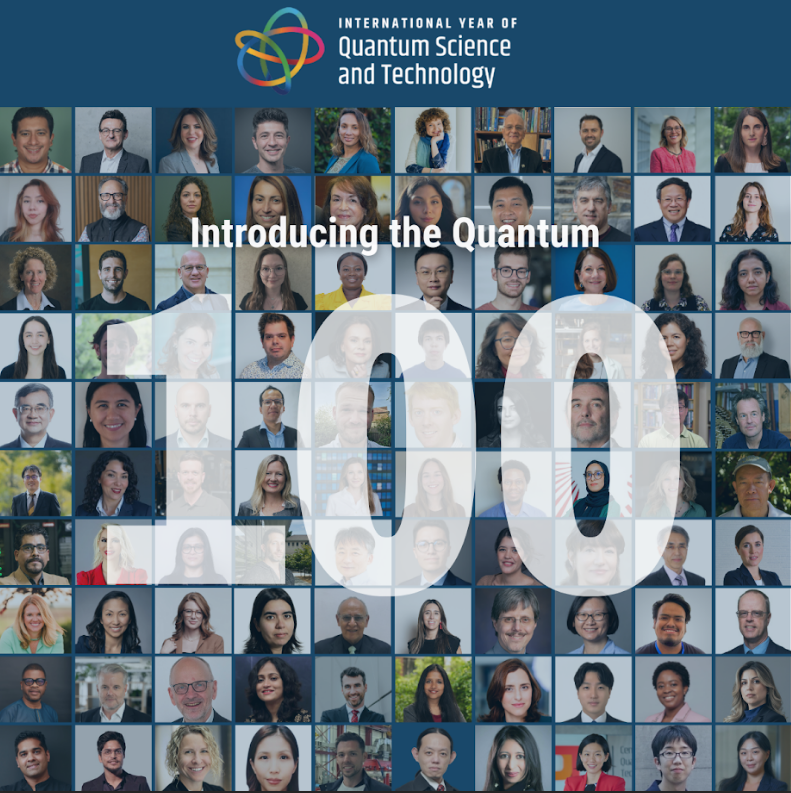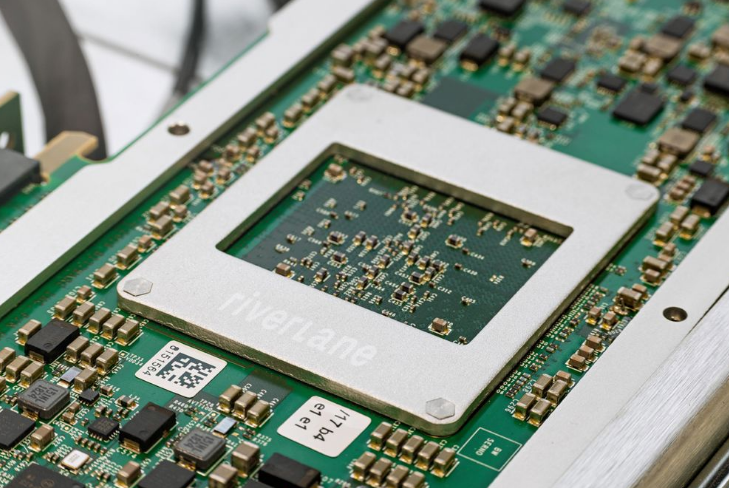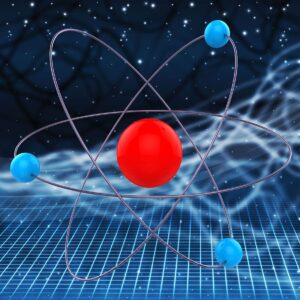
PRESS RELEASE — DARPA has announced its selection of eight industry and university research teams to support the Science of Atomic Vapors for New Technologies (SAVaNT) program that kicked off this week:
- ColdQuanta, Inc. – Boulder, Colorado
- Georgia Institute of Technology – Atlanta, Georgia
- Quantum Valley Ideas Laboratories – Waterloo, Ontario, Canada
- Rydberg Technologies – Ann Arbor, Michigan
- Twinleaf LLC – Plainsboro, New Jersey
- University of Colorado – Boulder, Colorado
- University of Maryland – College Park, Maryland
- William & Mary – Williamsburg, Virginia
The teams will develop innovative approaches to push the performance limits of atomic vapors at room temperature and exploit their unique advantages to demonstrate new capabilities for DoD. An additional performer has been selected and is expected to be on contract in the coming months.
Quantum research in both information science and sensing shows great promise for enabling a host of new defense applications. A major hindrance to transitioning breakthroughs from the laboratory to practical use, however, is the extensive equipment needed to cool and trap atoms to exploit their quantum features. The selected SAVaNT research teams will focus on warm atomic vapors as opposed to cold-atom technology. This approach does not require complex laser-cooling and allows for a larger number of atoms, boosting the signal. The challenge, however, is that thermal environment effects – even at room temperature – significantly mitigate how long the quantum coherence can last.
“Vapor-based technologies operate at or near room temperature without complex laser cooling and trapping and still offer the advantages derived from the pristine nature of atoms,” said Tatjana Curcic, program manager in DARPA’s Defense Sciences Office. “We are excited about the quality of performers in SAVaNT who will push the performance of atomic vapors to the limit of what is possible.”

The SaVANT research teams will lay the foundations for new technologies that address important DoD needs and technology gaps, including applications that require low size, weight and power (SWaP), high sensitivity electric field and magnetic field measurements, as well as quantum information science applications that require strong atom-light coupling. The common scientific challenge across all technical areas of the program is to improve coherence of atomic vapors at room temperature.
The program is divided into two phases and has three technical areas based on the application domains where atomic vapors are expected to have the biggest impact: Rydberg Electrometry, Vector Magnetometry, and Vapor Quantum Electrodynamics (vQED). Phase 1 will focus on demonstration of the physics aimed at addressing the technical challenges. Phase 2 will demonstrate an integrated benchtop physics package and characterize the performance trade space.
The research teams plan to leverage different approaches to maintain quantum coherence at room temperature:
Rydberg Electrometry
- The team led by Quantum Valley Ideas Laboratories will pursue novel vapor cell design and readout methods toward the development of a low SWaP device for high sensitivity Rydberg electrometry.
- The team led by ColdQuanta, Inc., will pursue a combination of RF heterodyne detection and novel field enhancement techniques in a vapor-cell Rydberg-atom sensor to achieve high sensitivity and narrow instantaneous bandwidth.
- The team led by Rydberg Technologies seeks to improve the sensitivity of Rydberg electrometry by developing novel vapor preparation and readout methods as well as laser stabilization techniques.
Vector Magnetometry
- The team led by Twinleaf LLC aims to develop a novel vector magnetic field sensor with high accuracy and sensitivity using a high alkali density quantum system and with extended quantum coherence time using alkali spin-preserving coatings.
- The team led by University of Colorado seeks to develop a novel vector-scalar atomic magnetometer in a small MEMS vapor cell package that can simultaneously reach high accuracy and good sensitivity by combining two separate measurement protocols and cavity enhancement.
- The team led by William and Mary will use a new method of vector field extraction that is based on all-optical excitation and electromagnetically induced transparency (EIT) interrogation of an atomic ensemble in a vapor cell combining accuracy, long-term stability, and vector modality into a single sensing unit.
Vapor Quantum Electrodynamics (vQED)
- The team led by Georgia Institute of Technology will focus on a novel platform based on novel slot structures integrated with chip-scale nanophotonic resonators to achieve orders of magnitude improvement in atom-light coupling for quantum information applications.
- The team led by University of Maryland seeks to demonstrate strong atom-photon coupling through integration of atomic vapors with novel chip-scale high-Q nanophotonic cavities that utilize slow light and localization effects.
For more market insights, check out our latest quantum computing news here.

